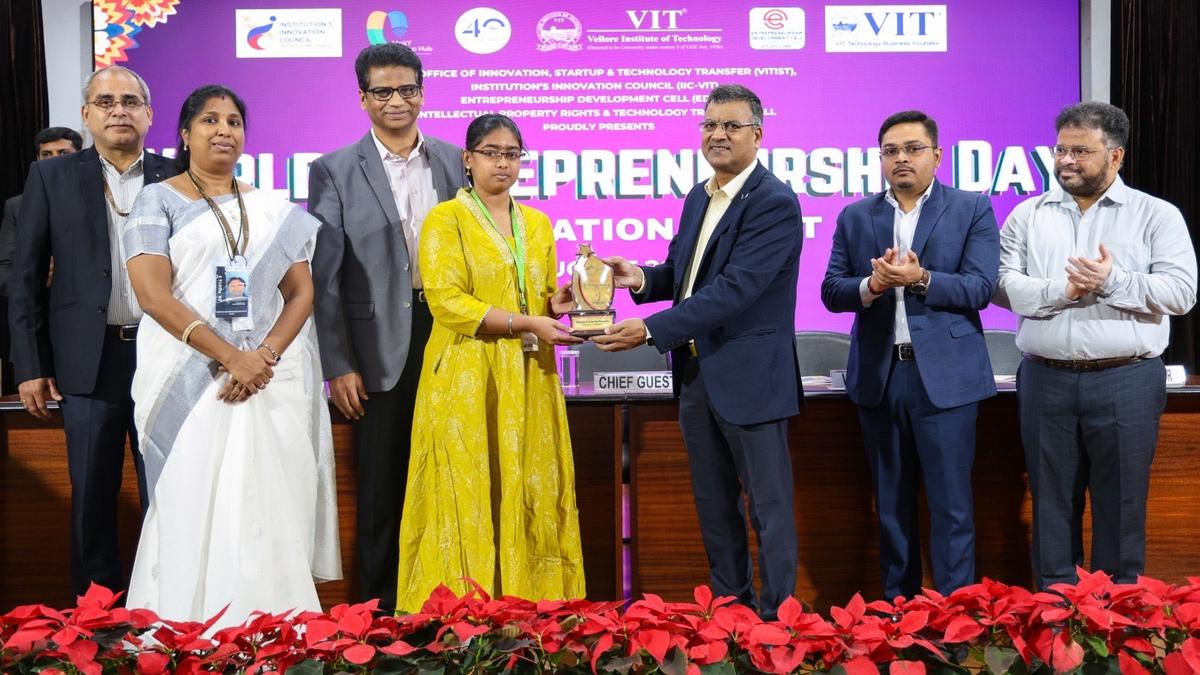A study by researchers from NIMHANS has broken new ground in the understanding of Multiple System Atrophy (MSA), which is Atypical Parkinsonism and often confused with Parkinson’s disease. The findings of the study reveal that probable MSA patients in the Indian cohort had faster disease progression, more severe autonomic failure, and a shorter average survival of 5.8 years, compared with the 9–10 years typically reported worldwide.
Multiple System Atrophy (MSA) is an adult-onset, fatal, sporadic, rapidly progressive neurodegenerative disorder. It is characterised by variable combinations of Parkinsonism, autonomic dysfunction, cerebellar dysfunction, pyramidal tract involvement, and an inadequate response to medications. MSA Parkinsonism, or MSA-P, shares symptoms with Parkinson’s disease, such as slow movement, stiffness, and tremor, but also includes autonomic nervous system dysfunction. It is one of two types of MSA, the other being cerebellar type MSA (MSA-C), which primarily affects balance and coordination.
The study, published two days ago in Movement Disorders Clinical Practice - the official journal of the International Parkinson and Movement Disorder Society - was aimed at prospectively studying the natural history of probable MSA, including cardiovascular autonomic dysfunction (CAD) and serum alpha-synuclein.
The study conducted at NIMHANS from July 2015 to March 2021 included 60 patients aged between 30-70 years, who were diagnosed with probable MSA-P/MSA-C. Of these, 32 had less than five years of disease duration. Visitors and attenders of patients other than those with Parkinsonian disorders and the hospital staff constituted the control group.
Motor subtypes
Ravi Yadav, professor of Neurology at NIMHANS, who is the corresponding author of the study, told The Hindu on Tuesday that for the first time, a prospective longitudinal study from the Indian population has comprehensively examined how motor subtypes of MSA shape the course of the disease. These include tracking progression, time to support for walking and daily activities, wheelchair dependence, bed-bound state, and survival, along with prognosis, cardiovascular autonomic functions, and a potential biomarker, serum alpha-synuclein.
The findings of the study, which is part of PhD work by Rukmani M.R. in the Departments of Neurophysiology and Neurology at NIMHANS, reveal that probable MSA patients in the Indian cohort had rapid disease progression. “We also found a shorter average survival of 5.8 years, compared with the 9–10 years typically reported worldwide. Importantly, the study showed that MSA-P patients had a more favorable prognosis than MSA-C patients,” Dr. Yadav said.
T.N. Satyaprabha, professor of Neurophysiology at NIMHANS, said another major highlight was the identification of elevated serum alpha-synuclein and its positive correlation with cardiovascular autonomic dysfunction, reinforcing its promise as a potential biomarker.
Indian ancestry
Recent studies have reported that Atypical Parkinsonism could be more common in people of Indian ancestry than Parkinson’s disease.
“Our study results imply that the Parkinsonian motor subtype might be better in terms of morbidity, but does not have an added advantage in terms of mortality. MSA-P and MSA-C groups had a similar disease duration and severity at baseline. Therefore, the differences observed are attributable to the motor subtype,” Dr. Yadav said.
Apart from the ethnic differences, late diagnosis, early autonomic dysfunction, severe cardiovascular autonomic dysfunction and bladder disturbances were common in all the patients.
“Besides, lack of affordability for supportive medical care during the advanced stages of MSA (80% of patients were from the lower-income and middle-income groups); healthcare inequality and difficult accessibility to the emergency and specialised medical facilities in rural India (73.3% of patients in the study were from the remote/rural areas); and an increased cardiovascular risk of Asian Indians might have contributed for a higher mortality rate (45%) and a shorter median survival (5.8 years) in this cohort,” Dr. Yadav added.



.png)
.png)
.png)
















 3 hours ago
2
3 hours ago
2








 English (US) ·
English (US) ·